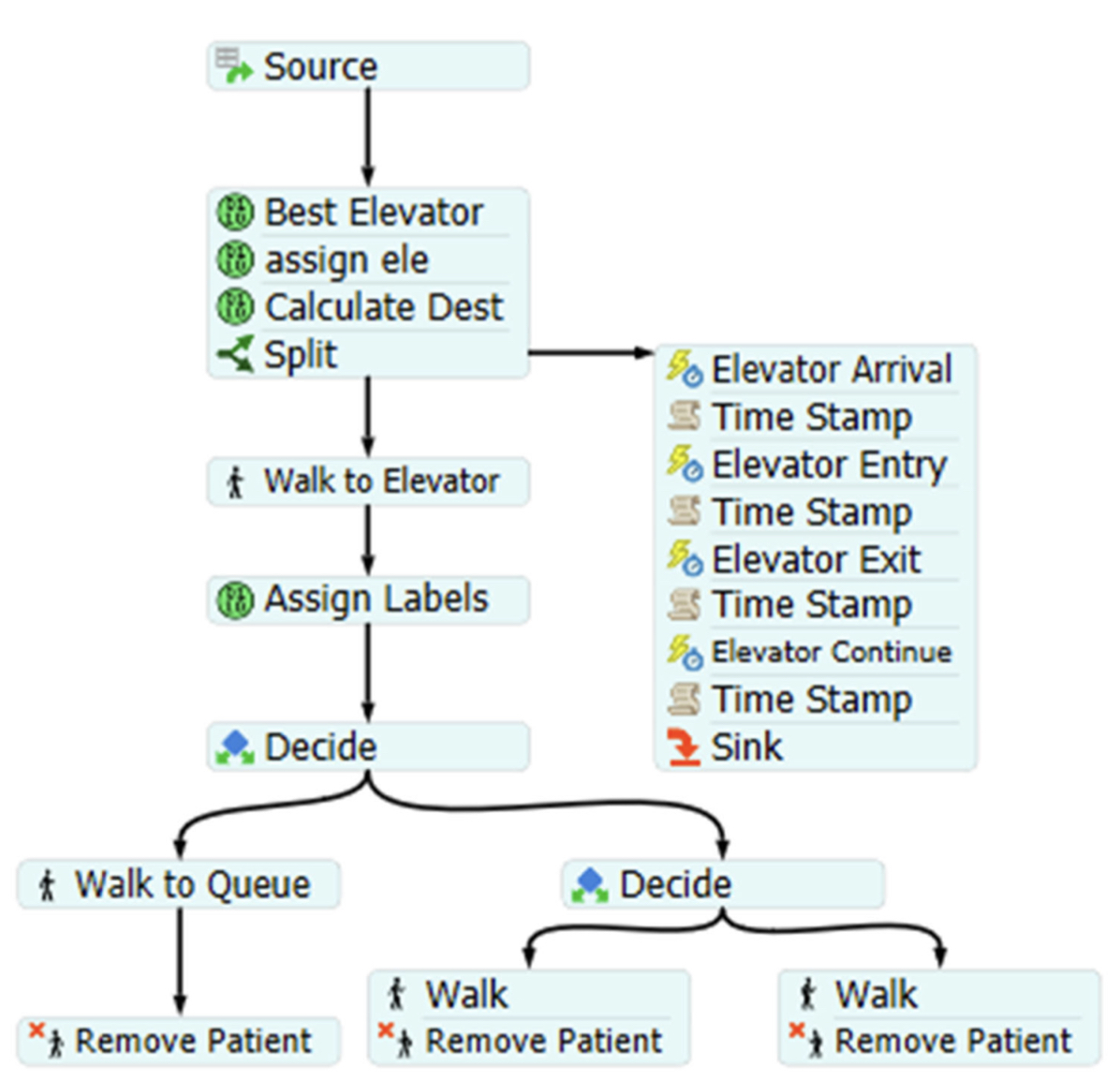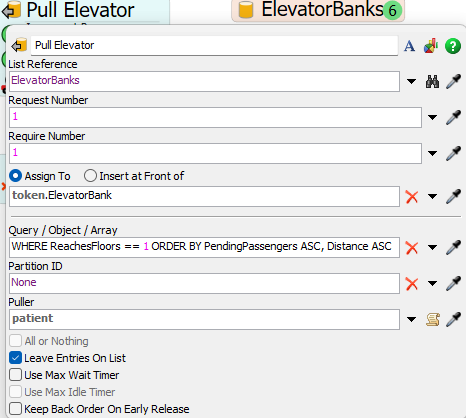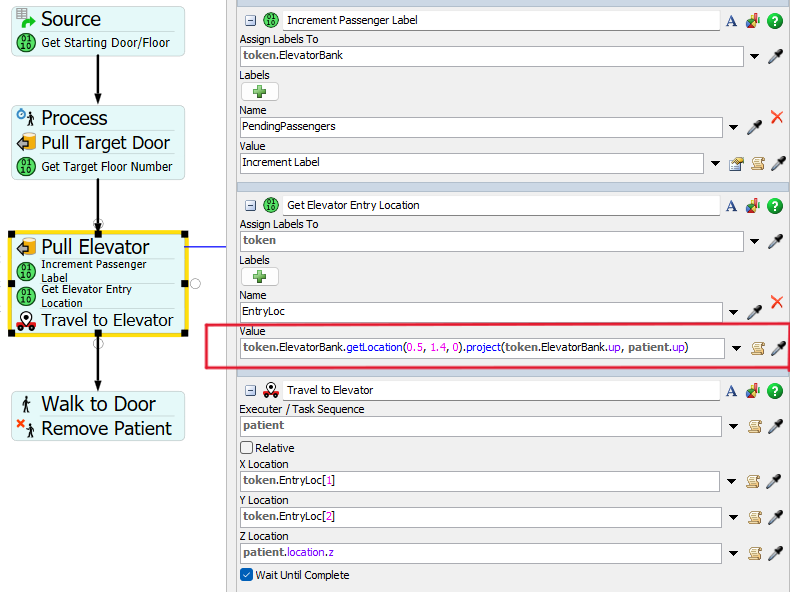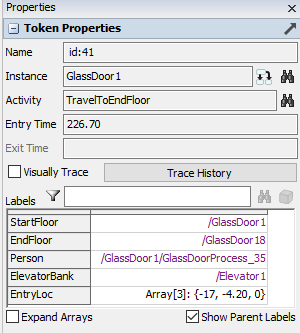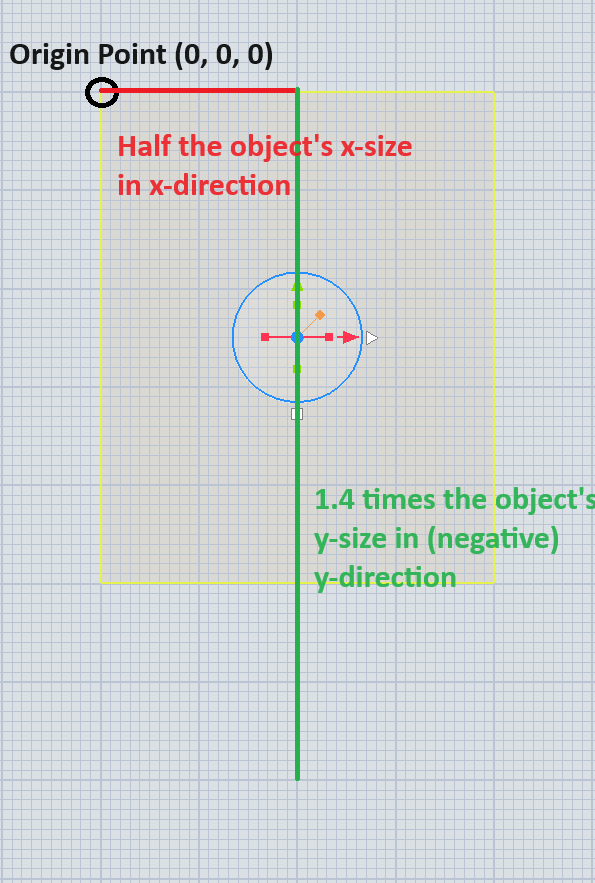I would like to design a patient flow and set up an elevator group control system using the following steps (preferably without using additional programming).
Background: Hospital elevator floor configuration issue
There are a total of 19 floors, and passengers enter through Glass Doors on each floor. The number of passengers wanting to go up and down on each floor (assuming a Poisson distribution) is randomly distributed during different time intervals. There are six elevators in total, with elevators 1-3 as one group (serving only lower floors) and elevators 4-6 as another group (serving all floors). If multiple elevators are idle, the elevator group control system will assign the elevator closest to the passenger wanting to board. If all elevators are occupied, it will select the elevator with fewer passengers inside at the moment.
Could you help design a simple elevator group control system and the patient flow steps for the entire process?
The attached file contains my initial operation, but there might be some mistakes.
all floor_autosave.fsm
And the following image is a process flow referenced in a related paper, but there are some parts I don't quite understand. I hope it will help in designing the process.